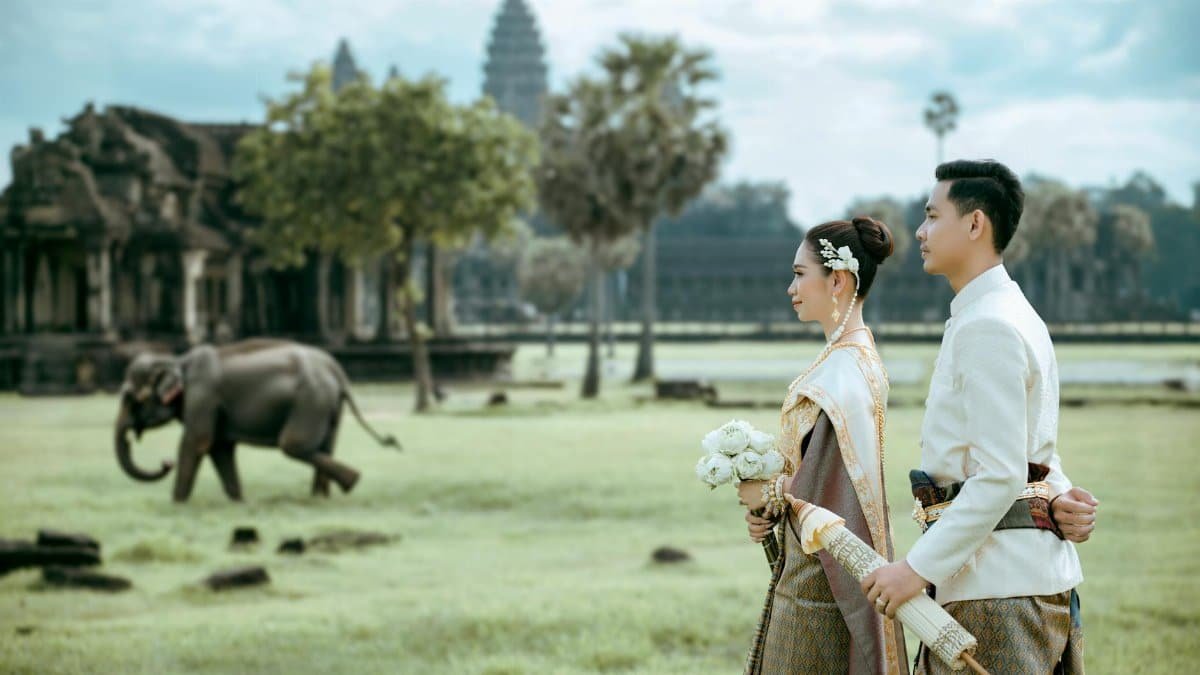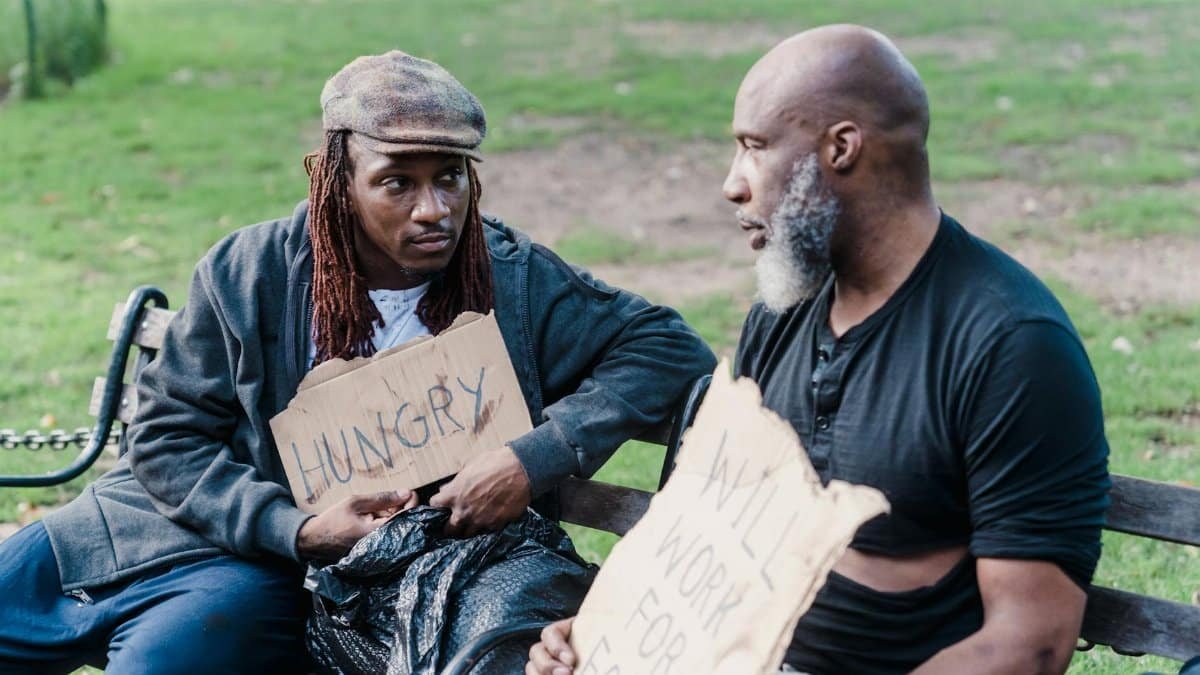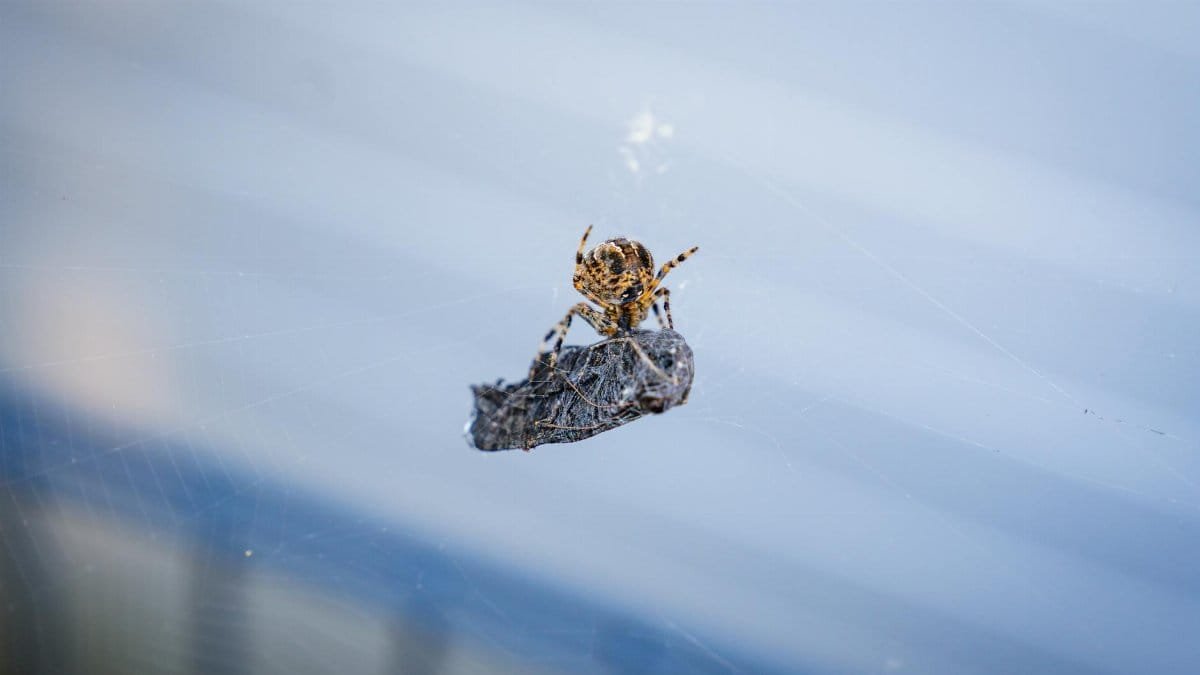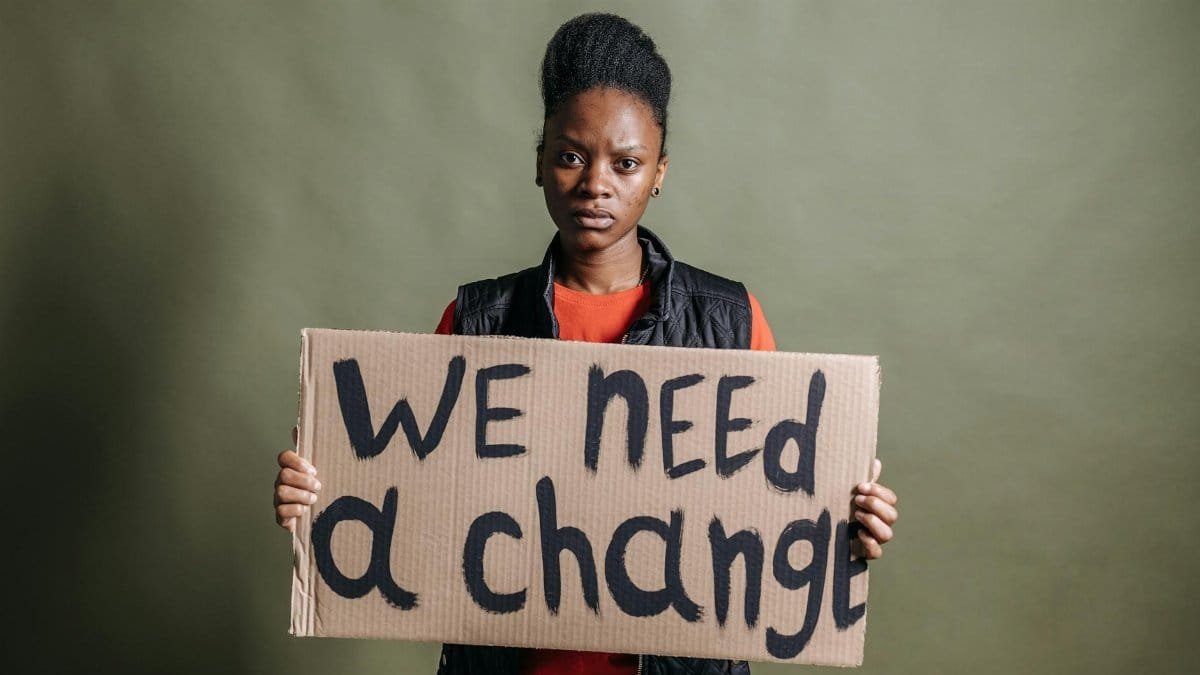Imagine a world where ancient stories aren’t just dusty relics, but living mirrors reflecting who we are at our core. Across cultures, from the Navajo creation tales to the Greek epics of Olympus, global myths human nature truths have whispered insights about our deepest fears, desires, and contradictions for millennia. These narratives, passed down through generations, aren’t mere entertainment. They hold keys to understanding why we act the way we do, why we clash, and why we yearn for connection. In 2025, as we navigate a fractured, tech-driven landscape, these old stories feel more relevant than ever. They strip away the noise and remind us of the timeless forces shaping our lives. Let’s unpack nine powerful myths from around the world—each revealing a raw, often unsettling truth about what it means to be human.
1. The Trickster’s Chaos: We Crave Disruption

In countless traditions, the trickster figure—think Loki from Norse lore or Coyote in Native American stories—upends order with mischief. These characters aren’t just troublemakers. They embody a fundamental human itch for chaos when life gets too rigid. Psychologists suggest this reflects our need to challenge norms to grow. A American Psychological Association study notes that controlled disruption often sparks creativity, a trait hardwired into us.
Consider a small-town teacher who, tired of stale lesson plans, flipped her classroom structure overnight. Students grumbled at first, but soon they were brainstorming ideas no textbook could contain. The trickster in us doesn’t just break rules—it rebuilds. Yet, there’s a shadow: unchecked chaos can unravel communities. Myths warn us to flirt with disruption, not marry it.
2. The Flood Myth: We Fear Starting Over

From Noah’s Ark in the Bible to the Mesopotamian Epic of Gilgamesh, flood myths drench global lore with a singular dread: total erasure. They speak to our terror of losing everything and facing the void. This isn’t just about physical destruction. It’s emotional, too—think of the gut punch when a career or relationship collapses. A 2025 report from Pew Research highlights how many Americans fear societal “resets” amid rapid cultural shifts.
But these myths also offer grit. Survivors rebuild, often stronger. The lesson? We’re wired to dread the end, yet we’re also built to begin again. That duality keeps us on edge—and alive.
3. The Hero’s Journey: We Hunger for Purpose

Joseph Campbell’s famous “hero’s journey” framework, seen in myths from Odysseus to the Maori tale of Maui, reveals our obsession with meaning. Heroes leave comfort, face trials, and return transformed. It’s no accident that self-help books in 2025 still echo this arc. We’re drawn to struggle because it promises growth. But here’s the twist: not every quest ends in glory. Some heroes fail, mirroring our own quiet defeats.
Think of the countless Americans chasing the “dream”—a new business, a cross-country move—only to stumble. The myth doesn’t lie about the pain. It just insists the search itself matters. That’s the human truth: purpose isn’t a destination; it’s the fight.
4. The Forbidden Fruit: Temptation Defines Us

Whether it’s Eve in the Garden of Eden or Pandora’s box in Greek myth, stories of forbidden knowledge scream a hard truth: we can’t resist the unknown. Curiosity drives us, often to our peril. Neuroscientists at NIH have shown how dopamine spikes when we chase the taboo, hardwiring temptation into our biology.
Picture a teenager sneaking a peek at a restricted website, heart racing not just from fear but thrill. Myths don’t judge this urge—they expose it. They remind us that boundaries, while necessary, ignite a spark we’ll never fully tame. Our nature is to push, even when we shouldn’t.
5. The Underworld Descent: We Must Face Our Shadows

Myths like Orpheus in Hades or the Mayan tale of the Hero Twins plunging into Xibalba force heroes to confront darkness—literal and within. This descent mirrors our need to grapple with pain, guilt, or loss. Ignore it, and it festers. A therapist in Chicago once shared how clients often describe therapy as “going underground”—unearthing buried fears before they can heal.
These stories don’t sugarcoat the cost. Orpheus loses Eurydice again by looking back. The lesson isn’t triumph; it’s necessity. We’re human because we carry shadows. Facing them isn’t optional—it’s survival.
6. The Eternal Return: We’re Trapped by Cycles

Hindu myths of reincarnation and the Aztec calendar’s endless loops reveal a haunting idea: life repeats. Whether it’s seasons or personal mistakes, we’re caught in patterns. This resonates in 2025 as many Americans feel stuck—same arguments, same anxieties, just new screens. Online, one anonymous voice recently sighed, “Feels like I’m reliving my worst year on loop.”
Yet myths hint at agency. Breaking cycles takes brutal honesty. They urge us to spot the repetition—whether it’s a toxic habit or generational trauma—and disrupt it. Easier said than done, but that’s the human grind.
7. The Monster Slayer: We Need Enemies to Unite

Beowulf battles Grendel. Thor hammers giants. Across cultures, slaying monsters isn’t just about bravery—it’s about cohesion. Facing a common foe binds us. Sociologists note this in modern politics: shared “enemies,” real or imagined, rally groups. A Harvard study suggests humans are wired for tribal unity through conflict.
But myths also warn of obsession. Slay one monster, and another emerges—often from within. Our need for “others” to fight can turn inward, fracturing us. The truth stings: we unite best against something, not for it.
8. The Lost Paradise: We Romanticize the Past

From the Garden of Eden to the Aboriginal Dreamtime, myths often paint a golden “before” we’ve fallen from. This nostalgia isn’t just poetic—it’s human. We idealize what’s gone, whether it’s childhood or a “simpler” America. But these stories nudge us to question: was paradise ever real? Often, it’s a mirage we craft to cope with now.
A retiree in Florida once mused over coffee how the 1960s felt “purer,” only to admit later the era’s deep flaws. Myths like these don’t mock our longing—they expose it. We’re built to look back, even when it blinds us.
9. The Sacrifice: We Grow Through Loss

Finally, consider the ultimate mythic act: sacrifice. In tales like the Norse Ymir, whose death births the world, or Mesoamerican rituals, giving up something—or someone—ushers in renewal. It’s a brutal mirror to our reality. Growth demands cost. Parents sacrifice time for kids. Activists risk safety for change. The human truth in global myths human nature truths is unflinching: nothing valuable comes free.
These stories don’t glorify pain. They frame it as inevitable. We shed parts of ourselves—comfort, innocence—to become more. That’s not tragedy. It’s the deal we’re born into.
As these nine global myths human nature truths unfold, they reveal a shared thread: our nature is messy, conflicted, and stubbornly persistent. In 2025, amid algorithms and uncertainty, these ancient tales ground us. They don’t solve our problems. Instead, they map the terrain of our instincts—urging us to question, endure, and, above all, keep telling stories that make sense of who we are.
